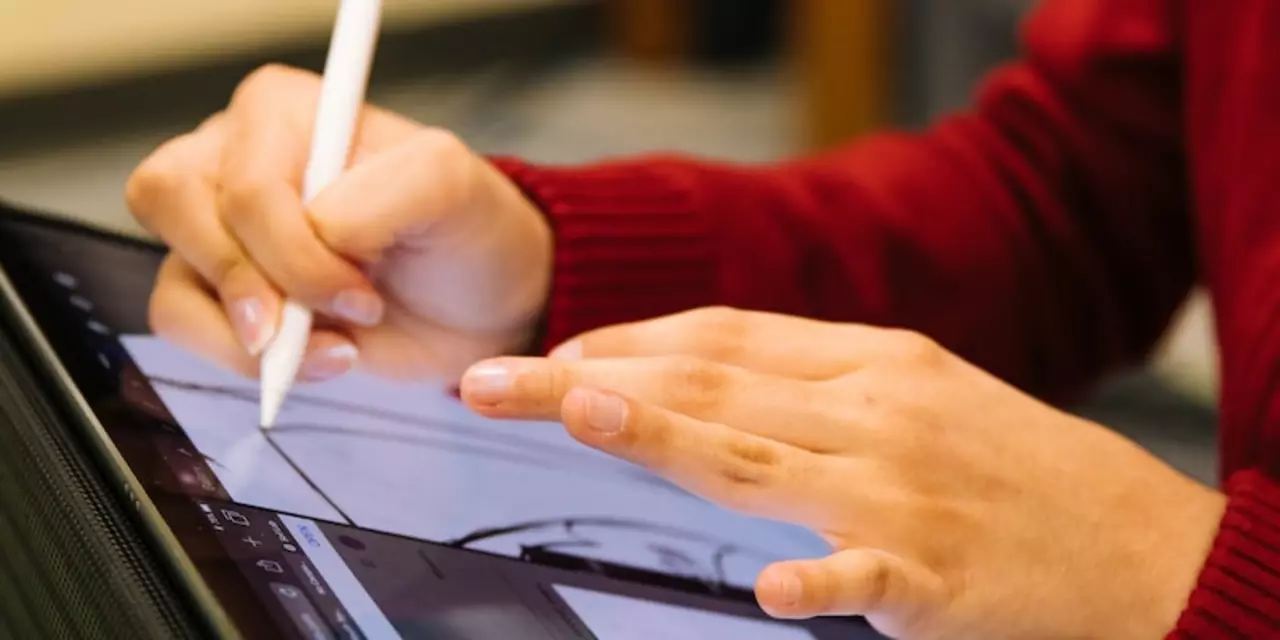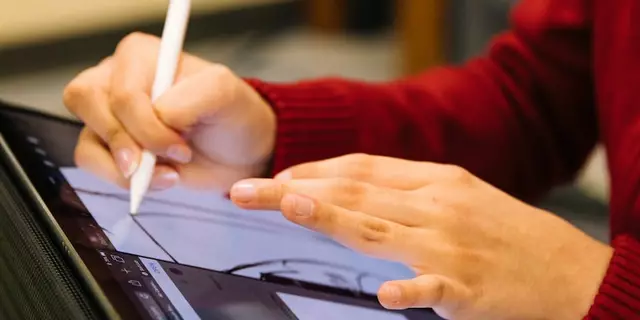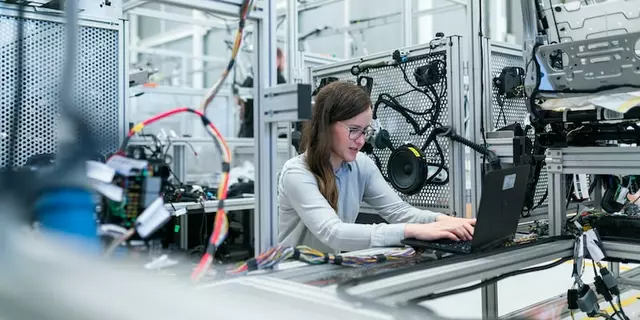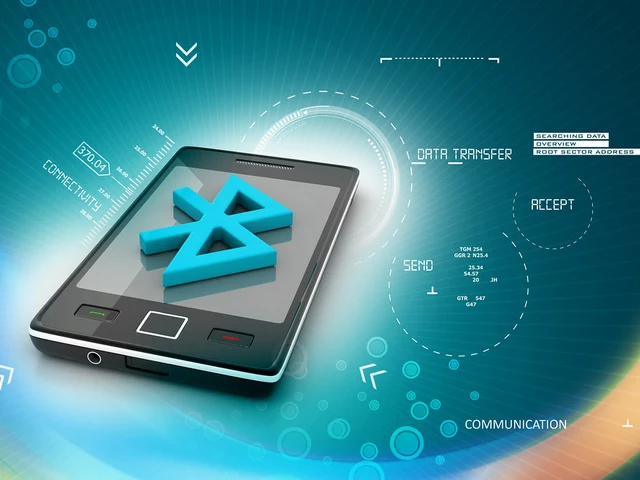The Benefits of Technology in the Classroom: Exploring the Positive Impacts of Technology on Education
The rise of technology has had a significant impact on the field of education. From providing students with more interactive and engaging learning experiences to increasing access to educational opportunities, technology has revolutionized the way we teach and learn. In this blog section, we will explore the various positive benefits of technology in the classroom and how educators are using it to enhance the learning process.One of the most notable benefits of technology in the classroom is the ability to provide students with more interactive and engaging learning experiences. By incorporating interactive devices such as laptops, tablets, and interactive whiteboards, teachers can create a more immersive and stimulating learning environment. These technologies allow students to explore a wide range of topics with greater depth and detail, as well as providing students with more opportunities to collaborate with their peers. Additionally, technologies such as virtual reality (VR) and augmented reality (AR) are being used to create immersive learning experiences that can take students on virtual field trips, or provide them with interactive lessons that can enhance the overall learning experience.
In addition to providing students with more immersive and engaging learning experiences, technology can also be used to increase access to educational opportunities. Through the use of online learning platforms, students from all over the world can access educational materials and resources that they may not have had access to otherwise. This increased access to educational resources can help to level the playing field, as students from all backgrounds can take advantage of the same educational opportunities. Additionally, technologies such as video conferencing can be used to connect students with educational resources, such as guest speakers, that they may not be able to access in person.
Finally, technology can be used to improve the overall educational process. By using data collected from student interactions with technology, educators can better understand student learning trends and develop more effective teaching strategies. Additionally, technologies such as artificial intelligence (AI) are being used to create personalized learning experiences for students, allowing them to learn in a way that best suits their individual needs.
Overall, technology has had a significant impact on the field of education, and its potential for further enhancing the learning process is immense. From providing students with more engaging and interactive learning experiences to increasing access to educational opportunities, technology has revolutionized the way we teach and learn. As technology continues to advance, we can expect to see even more significant benefits of technology in the classroom.
Exploring the Role of Technology in Education: How Technology Is Transforming the Learning Process
Technology has revolutionized the way we learn and how we interact with the world. From virtual classrooms to online learning programs, technology is transforming the learning process in ways that were impossible just a few years ago. As technology continues to evolve, so does the way we teach and learn.In today’s classrooms, technology plays an integral role in providing students with access to a variety of resources. Students can use tools such as laptops, tablets, and interactive whiteboards to research topics and access lessons that are usually not available in a traditional classroom setting. Technology also allows students to collaborate with their peers, both in and out of the classroom, creating an environment of collaboration and engagement.
In addition to providing students with access to resources, technology also plays a role in helping instructors create engaging and interactive lessons. From video conferencing to augmented reality, technology can help teachers create a more immersive learning experience. By utilizing technology, teachers can create lessons that can be tailored to the individual needs of each student.
Technology also helps bridge the gap between the classroom and the outside world. By connecting students with experts in the field, teachers can provide students with real-world experiences and help them develop a deeper understanding of their subject matter. Technology can also help students connect with their peers around the world, giving them a chance to share ideas and collaborate on projects.
Technology is revolutionizing the way we teach and learn, and its role in education will only continue to grow as technology advances. By utilizing technology, teachers can create an engaging learning environment that is tailored to the individual needs of each student. Technology can also provide students with access to a variety of resources and help bridge the gap between the classroom and the outside world. With the help of technology, teachers can create an education experience that is both engaging and effective.
An Overview of the Role of Technology in Education: Examining the Impact of Technology on Teaching and Learning
Technology has become an integral part of our lives, and its impact on education has been enormous. The use of technology in education has completely revolutionized how students learn and how teachers teach.Today, technology is used in almost every aspect of learning, from helping students to collaborate and communicate with their peers, to providing access to vast amounts of information and resources. Technology has also allowed educators to create more engaging and interactive learning experiences, which can help to improve student engagement and retention.
From the use of computers, tablets, and smartphones to the development of new digital platforms and applications, technology has enabled teachers to provide students with a more personalized learning experience. With the help of technology, teachers can now provide personalized instruction and feedback to each student, allowing them to develop and refine their skills.
Technology has also allowed for greater collaboration between teachers and students. With the help of online tools, such as video conferencing, teachers are now able to provide more individualized instruction and feedback, allowing for more meaningful and effective learning experiences.
Moreover, technology has enabled teachers to create more engaging and interactive learning environments, which can help to improve student engagement and retention. With the help of virtual reality, augmented reality, and other interactive tools, teachers can create immersive learning experiences that can help to engage students and make them more likely to retain and apply the knowledge they have acquired.
In conclusion, technology has had a tremendous impact on the way students learn and the way teachers teach. With the help of technology, educators can create more personalized learning experiences, foster collaboration between students and teachers, and create more engaging and interactive learning environments.





